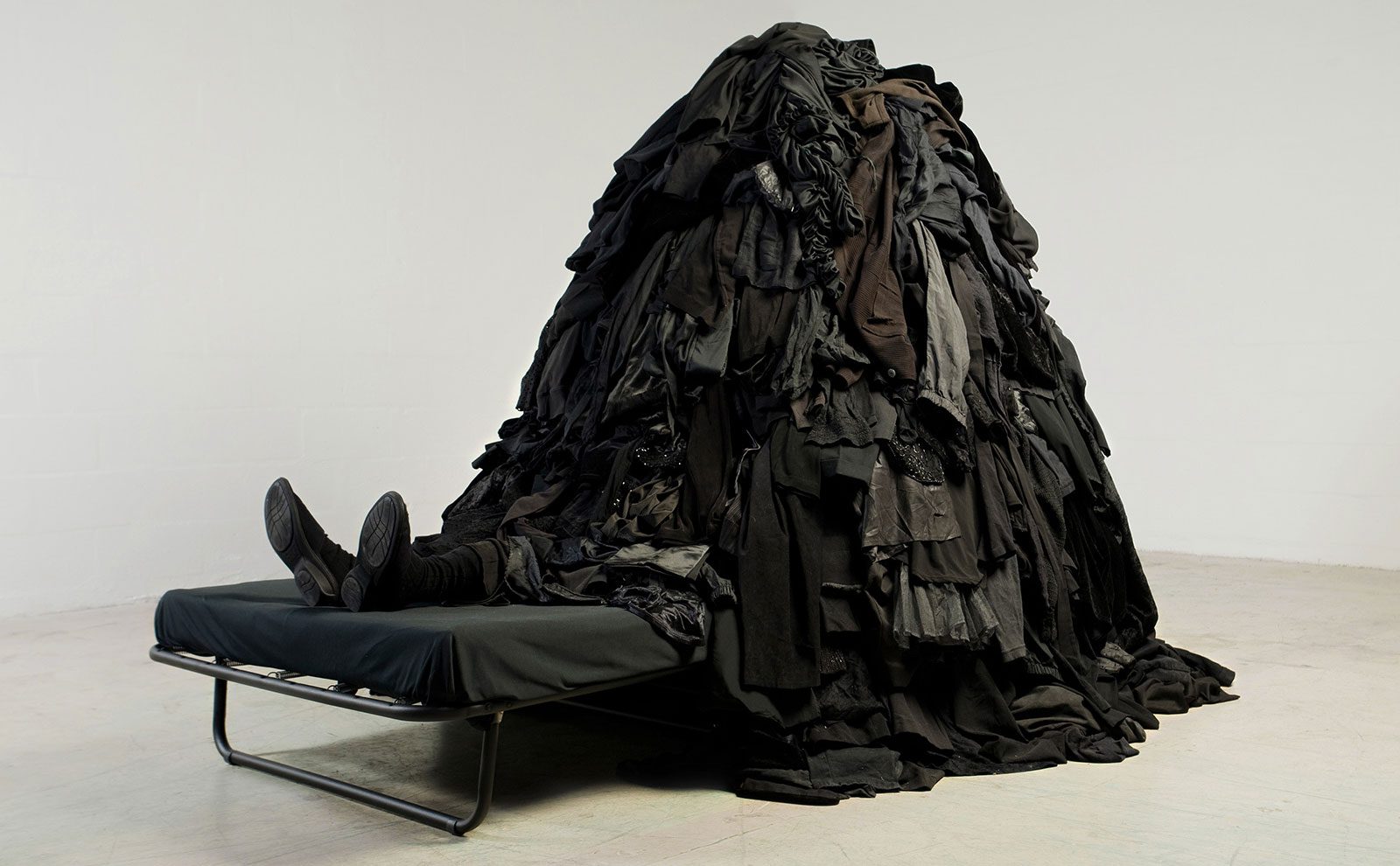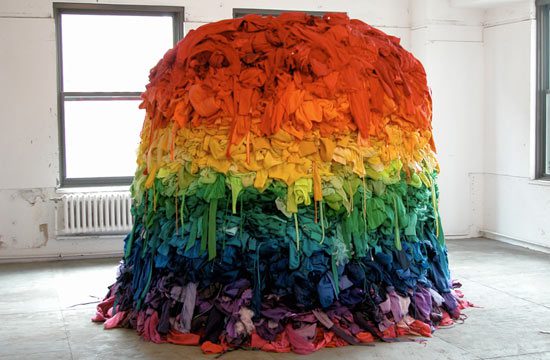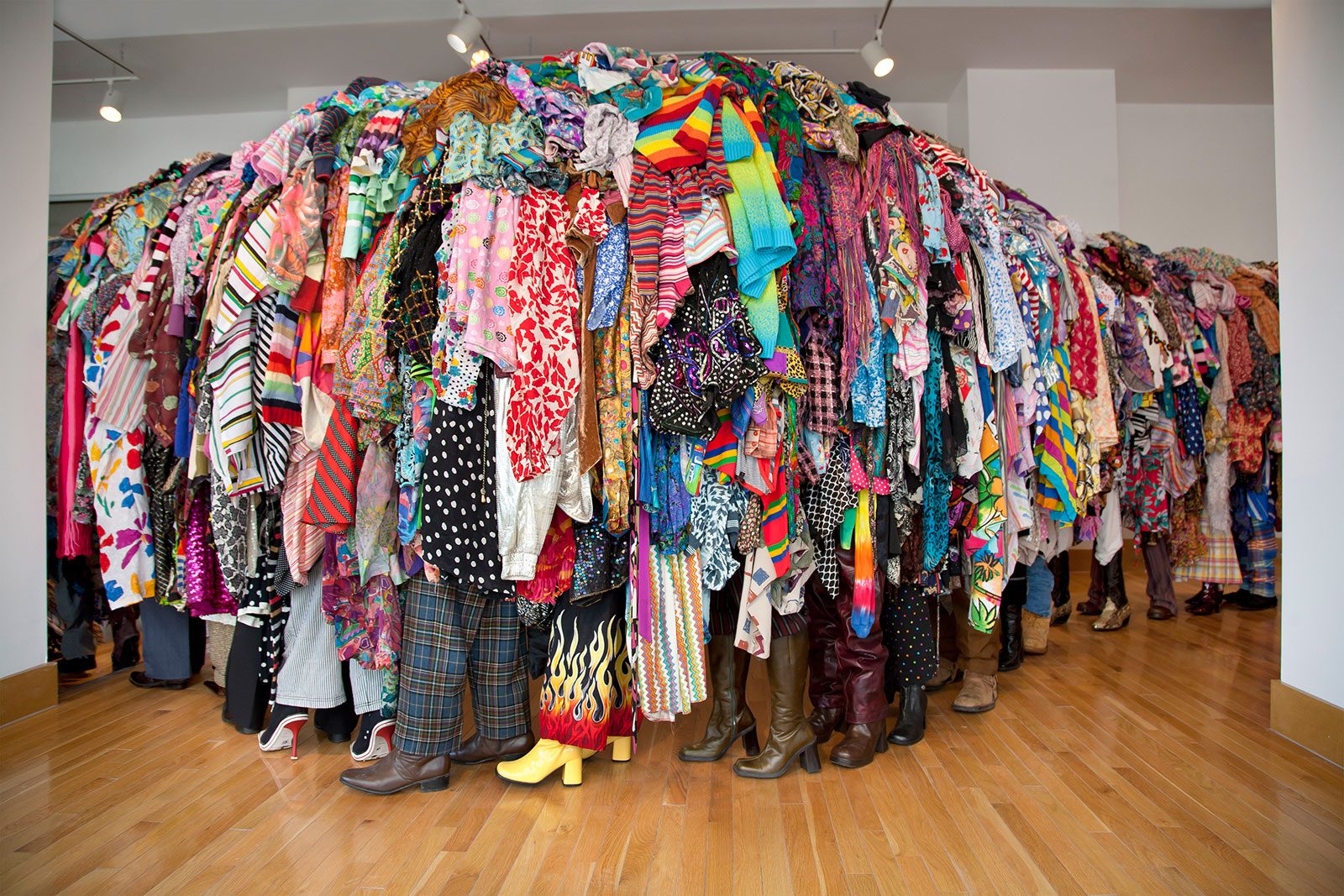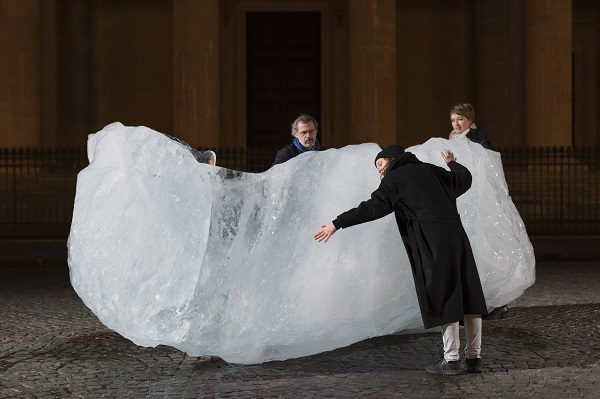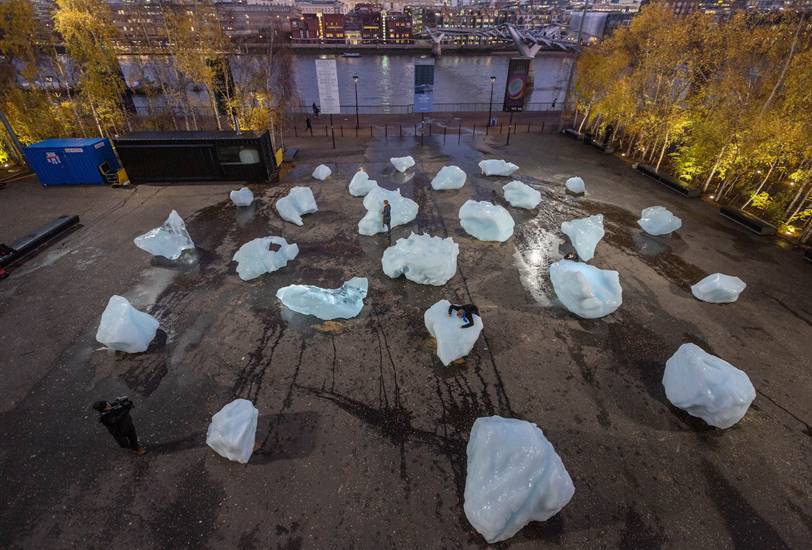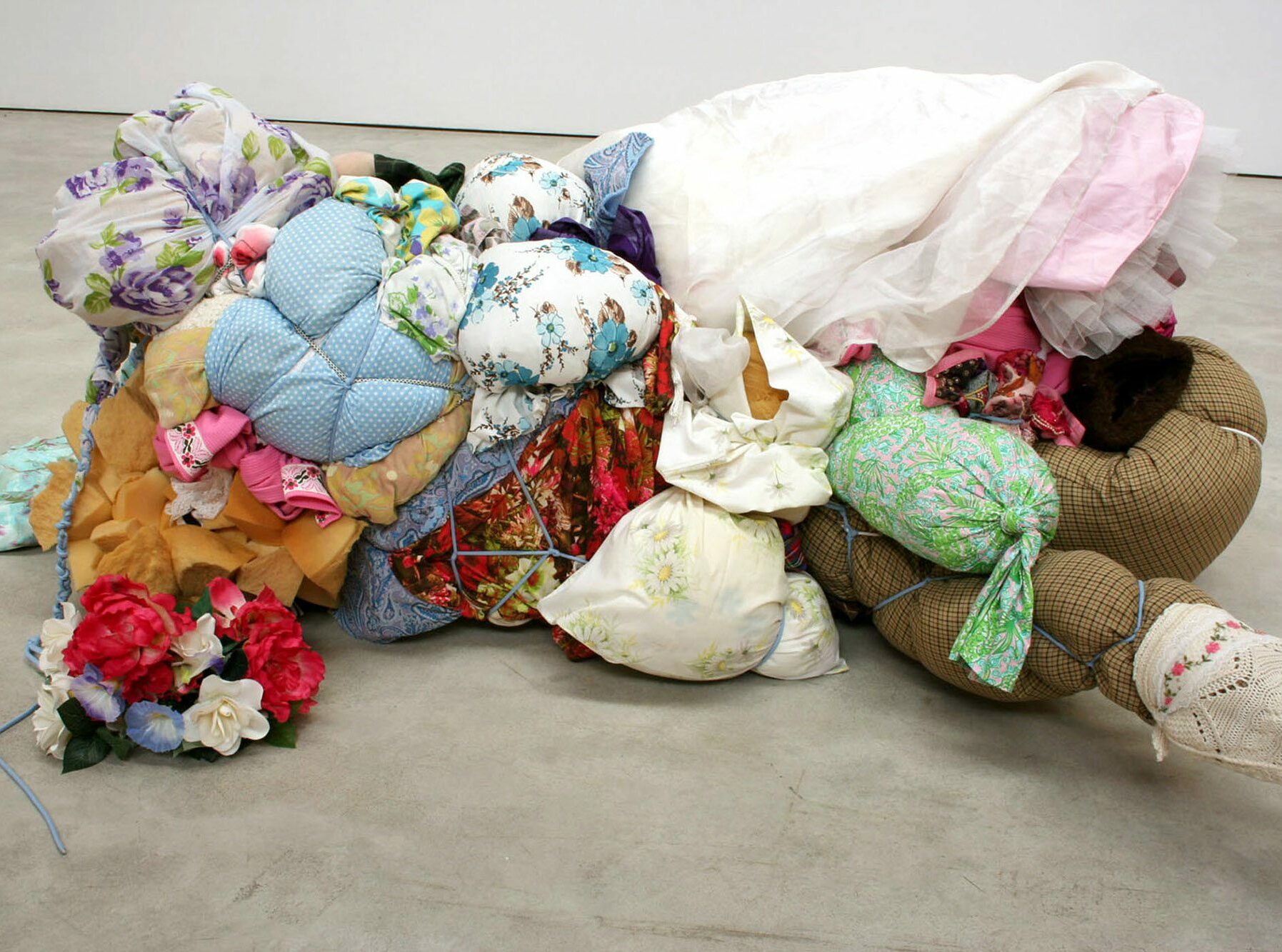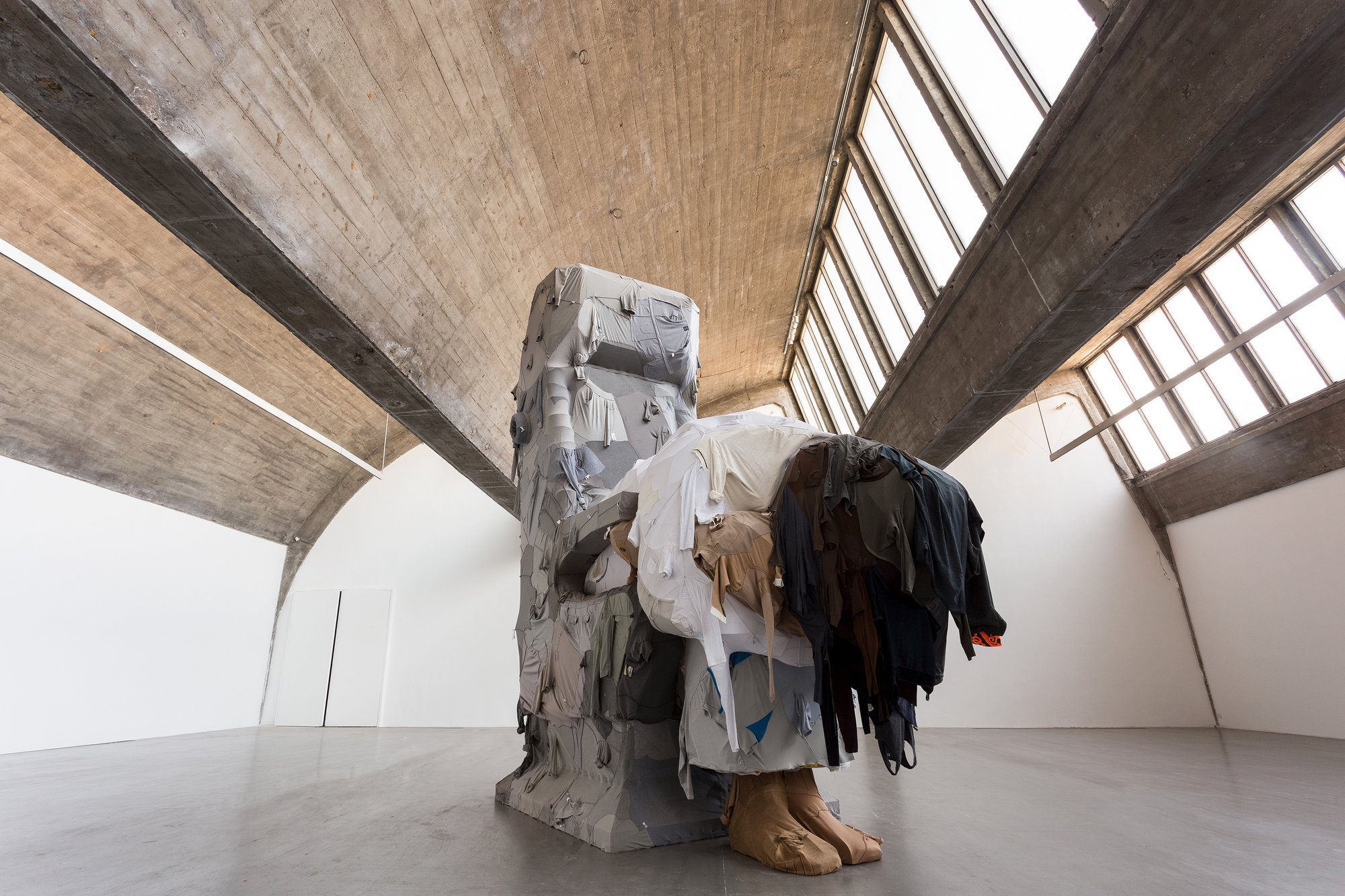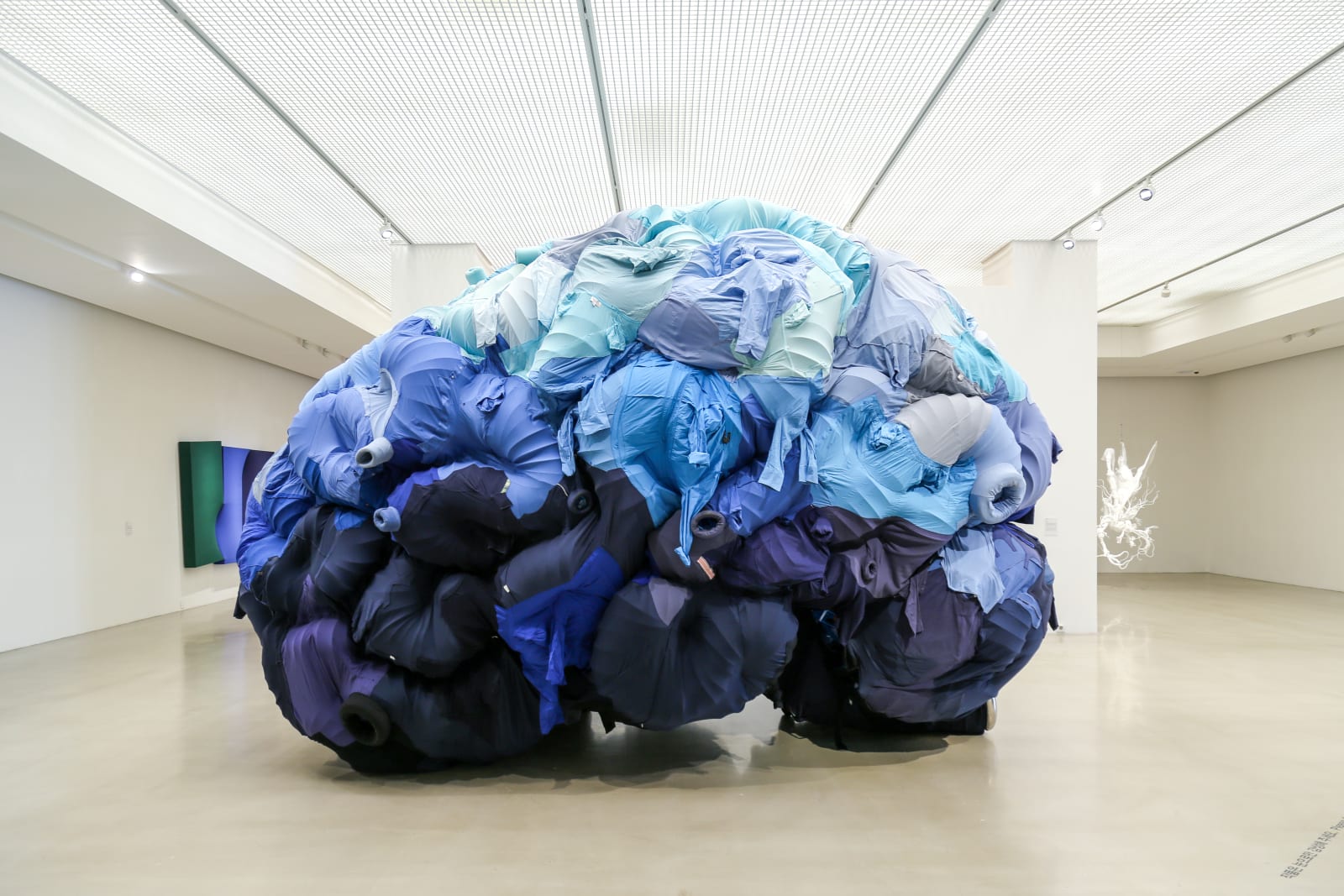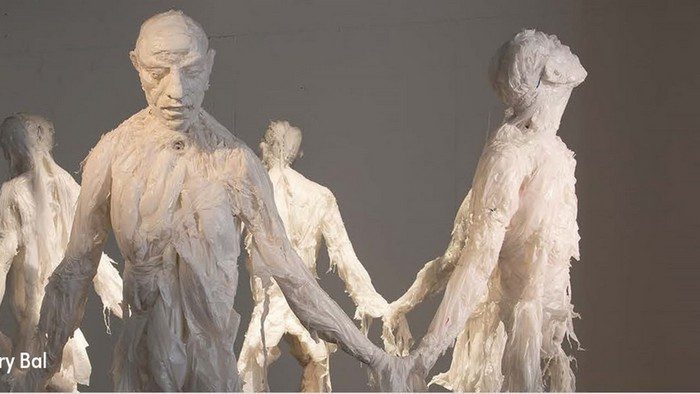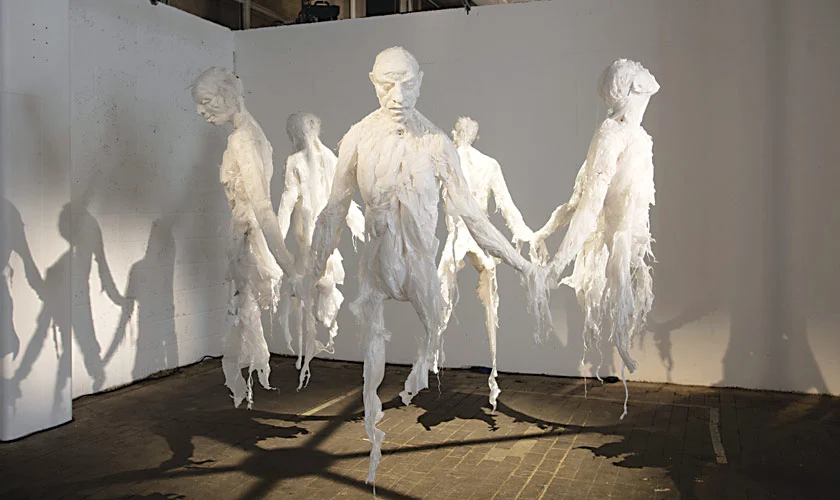There has been a recent shift in the perspective on plastic since its inception, what used to be a revolutionary and innovative material invented in the 1950s making our lives “easier” has quickly become our worst enemy and subject to numerous laws banning its single-use. The ubiquity of plastic is undeniably causing irreparable damage to the environment, the durable characteristic results in a material that is almost impossible to fully decompose.
Although it is becoming more common to see reusable water bottles and paper straws, the reality is that plastic has no foreseeable expiration date of use. Much so, that there is even an “island” known as Great Pacific Garbage Patch purely made of trash, with twice the size of Texas and located between Japan and California.
Apart from that terrifying fact, the growing state of waste material is frequently disregarded by policymakers who adopt a “pass the buck”. However, there are individuals who are bringing attention to ecological concerns by repurposing these materials. Artists who have been creating pieces since the 20th century using not only recycled materials but also addressing the future of the environment, thus making waste both a material and a statement.
We have gathered 5 artists whose powerful thought-provoking work not only opens a debate about sustainability and art but also demonstrates the creative potential of waste material.
Guerra de la paz
This Miami-based collective is formed by two Cuban artists, Alain Guerra and Neraldo de la Paz. Their artistic creations range from sculptures to photographs, through a diverse range of mediums and subjects, including textile and action figure portraits. Using unwanted clothing, they craft abstract works of art that explore color and form, as well as more literal representations of people and landscapes. By repurposing these discarded pieces, they create vibrant pieces that offer insightful commentary on material culture in modern society.
Olafur Eliasson and Minik Rosing
Olafur Eliasson is a Danish artist most known for his gigantic installation “The Weather Project” at Tate Museum which recreated a sun rising out of the mist, becoming one of the most famous works at the Museum to this day. In 2018 he got together with Minik Rosing and created a powerful installation about climate change by gathering 30 blocks from the waters surrounding Greenland and placing them in public spaces across London left to melt. “Ice Watch” is a temporary project intended to serve as a visible reminder of the environmental consequences of climate change.
Shinique Smith
Shinique Smith is a New York-based artist whose work explores the transcendence of everyday items. Her famous wrapped sculptures, which are either hanging or set directly on the floor, are made from piles of different materials, mainly torn pieces of clothes bound together by ropes and ribbons. These reappropriated objects become for the artist providers of common memories, that are not only personal but also belong to specific periods of fashion history or popular culture, childhood and adolescence, feelings and the diverse senses of belonging that each individual possesses.
Yin Xiuzhen
Yin is a Beijing based artist who is most recognized for her sculptures and installations made of used clothing, shoes, and bags. By organizing and reconfiguring these repurposed materials she strives to shine light on the collective history, inspired by the fast shifting cultural landscape of her native city. Her installations function as sculptural documents of memory, alluding to the lives of people who are frequently overlooked in the rush toward rapid growth, excessive urbanization, and the expanding global economy.
Khalil Chishtee
Khalil is a Pakistani artist based in New York whose work challenges societal norms and addresses environmental concerns by using plastic bags as his main medium. His human figures frequently depict grief and sorrow. This is due to the fact that they are made from materials that are only used once before being discarded, thus adding to the layers of significance in his work. Which can be seen as half criticism on waste and consumerism and half a reflection on the human condition.

